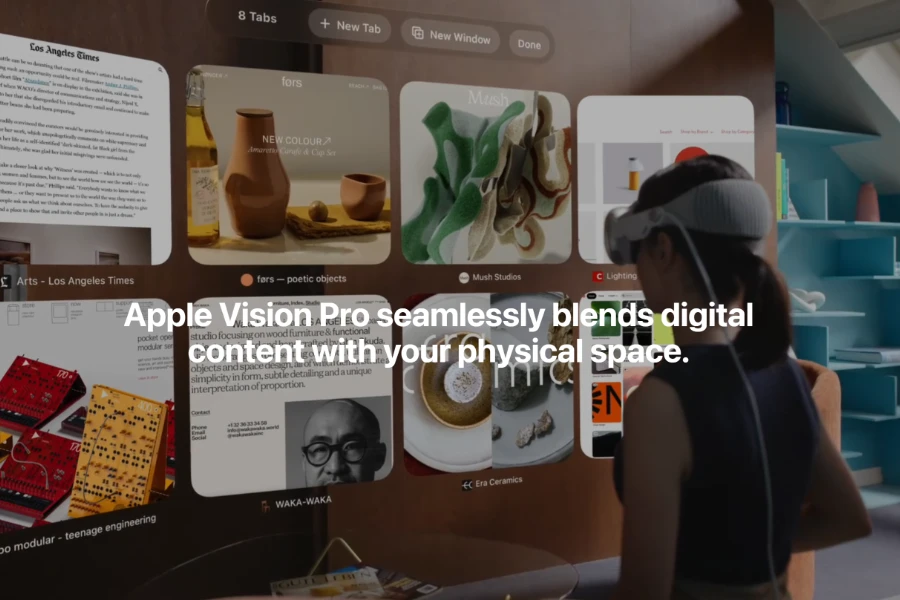
We’ve waited a long time for the next revolutionary product from Apple, and it’s finally here. The Apple Vision Pro was first announced at Apple’s 2023 Worldwide Developers Conference last June. There has been a lot of speculation and hype surrounding the technology ever since. Apple has finally entered the virtual, augmented, and mixed reality space (VR, AR, MR). Expectations are high regarding what the Apple Vision Pro can do and how it will disrupt this market.
“Today marks the beginning of a new era for computing. Just as the Mac introduced us to personal computing, and iPhone introduced us to mobile computing, Apple Vision Pro introduces us to spatial computing. Built upon decades of Apple innovation, Vision Pro is years ahead and unlike anything created before—with a revolutionary new input system and thousands of groundbreaking innovations. It unlocks incredible experiences for our users and exciting new opportunities for our developers.”
Tim Cook Apple’s CEO
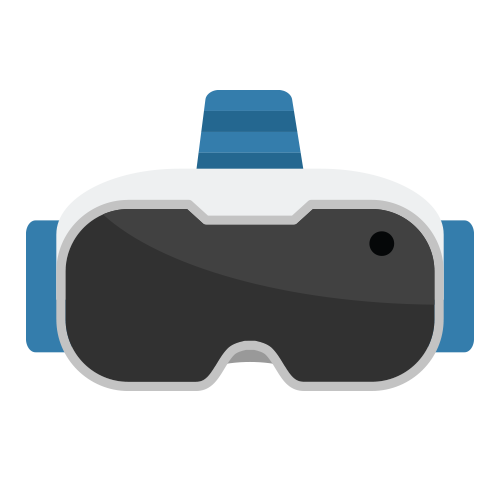
Redefining the VR/AR/MR Category
Wearable technology (VR/AR/MR headsets) has been around for quite some time. In 2016, Oculus Rift was introduced as the first high-quality yet affordable VR system for consumers.
As many tech reviewers have already noted, whenever Apple enters an existing market, the company redefines it and significantly grows the segment. Interestingly, with the introduction of the Apple Vision Pro, Apple created its own category, labeling the headset a ‘revolutionary spatial computer.’ This device seamlessly blends digital content with the physical world, termed by Apple as ‘spatial experiences’ instead of using the term mixed reality (MR). It operates on Apple’s first spatial operating system, visionOS.


Apple consistently aims to create the best product in its market segment. Think back to 2007, when the iPhone disrupted the smartphone market dominated by players like Palm and BlackBerry (smartphones that no longer exist). As many can attest, using any Apple device is so inherently intuitive that it feels almost second nature. Apple’s vision for the Apple Vision Pro is no exception. With this new product, the company is set on elevating the VR/AR/MR headset market to a whole other level.
Intuitive Controls

Relive Your Memories in 3D


The Future is 3D
Apple spent more than a decade on the development of Apple Vision Pro. Their entrance into the VR/AR/MR market now signals significant changes moving forward. We are already witnessing a substantial investment by developers in this product, with hundreds of apps launching on day one. Content creators are likely to follow suit. From what we’ve seen, the future of content creation is heading towards 3D. The best part? Apple Vision Pro empowers anyone to become a 3D content creator.
Adding 3D Content to Apple Vision Pro

Source: Apple Vision Pro User Guide
With the ability to upload and share 3D models in Apple Vision Pro, spatial computing completely changes the 3D visualization experience. You don’t just view 3D models in an immersive 3D space. You can interact with them with your hands, making it seem as natural as if the object is right in front of you.
@bengeskin Playing with 3D models on Apple Vision Pro is incredible 🤯 Resolution is so high, that digital objects look very close to the real thing. They also adapt very well to the actual lighting in the room, and you can see your room in the reflections 🤯 #AppleVisionPro #VisionPro #visionOS #spatial #spatialcomputing #ar #augmentedreality #mr #mixedreality #vr #virtualreality #future #tech #gadget
♬ Chillest in the Room – L.Dre
As bengeskin on TikTok sums this up, “Playing with 3D models on Apple Vision Pro is incredible 🤯Resolution is so high, that digital objects look very close to the real thing.”
Interacting with hyper-realistic 3D models on Apple Vision Pro is like magic. Imagine interacting with an ancient artifact that a museum has 3D scanned. Or, If your business involves selling a product—consumer goods, furniture, or even cars—how cool would it be for customers to interact with a 3D model of your product in the comforts of their own home before purchasing?
This fresh approach to 3D visualization unleashes endless opportunities for individuals, companies, and organizations to creatively use Apple Vision Pro, transforming the way we engage with information in a constantly evolving world.

Targeting the Mass Market
When Apple launches a product, it garners widespread attention and a substantial increase in technology adoption. In contrast to Meta Quest, which primarily focuses on a niche market comprised mainly of gamers, the Apple Vision Pro aims at the broader consumer market.
“Experts say that Apple has made a crucial tweak in its marketing rollout for the Vision Pro: the company is focusing not on winning over hardcore gamers, but trying to normalize the idea of wearing a headset for everyday usage. Munster [longtime Apple analyst] estimated that about 40% of the apps on the Vision Pro are gaming-related, compared to more than 70% available on the Quest.”
Source: Times Article, The Biggest Decider of the Vision Pro’s Success Is Out of Apple’s Hands
Priced at $3,499 compared to the Meta Quest 3’s base price of $499, Apple Vision Pro is a premium product compared to the price tag of existing consumer VR/AR/MR headsets already out in the market.
Apple offers its technology at various price ranges, ensuring that individuals wanting an Apple product can find one at a cost-effective price.
While the Apple Vision Pro currently carries a hefty price tag, a more budget-friendly model of this headset will probably be introduced. Reflecting on Apple’s track record with products like the iPhone, iPad, and Apple Watch, the company typically debuts top-tier premium models first, then later expands its reach with more accessible options at varying price points. It may not be long before we witness a surge in the adoption of Apple Vision Pro as more affordable versions of the headset hit the market in the future.
Apple Technology Base vs. Pro Models (US prices)
-
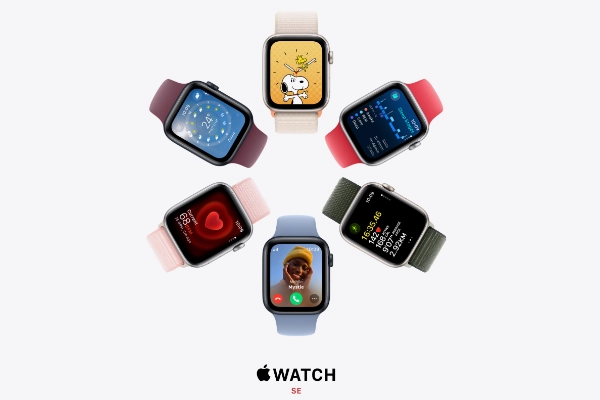
- Apple Watch SE: $249
- Apple Watch Series 9: $399
- Apple Watch Ultra 2: $799
-
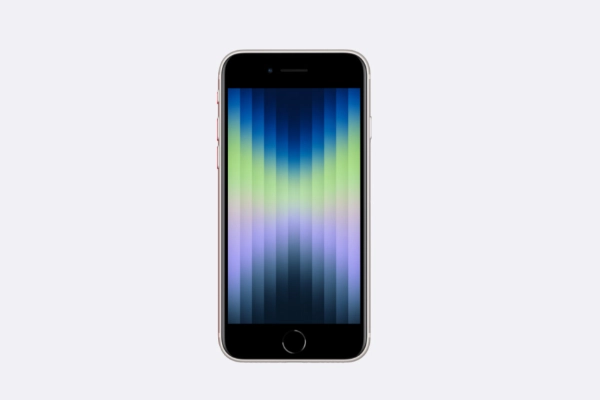
- iPhone SE (base model): $429
- iPhone Pro Max (premium model): $1199
-
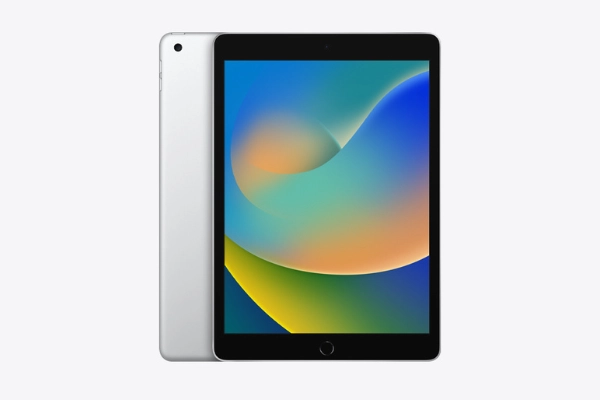
- iPad 9th gen (base model): $329
- iPad Pro 12.9” (premium model): from $1099
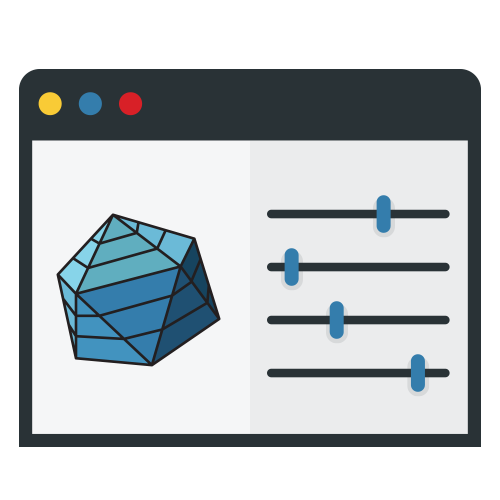
Apple Vision Pro’s Apps
On the launch day of Apple Vision Pro, there were 600 new apps specifically built for the hardware were introduced. Currently, there are not a lot of truly immersive 3D apps that take full advantage of the hardware compared to standard apps for the device.
As we have seen in the past with Apple products like the iPhone and the iPad, apps play a big role in contributing to the success of Apple’s hardware. With Apple’s first entry into the headset market with Apple Vision Pro, we’re going to see a similar trend with a surge in developers motivated to create new apps for this new up-and-coming technology. The hardware launch is just the beginning of app creation for Apple Vision Pro. As developers get their hands on the headset, explore its capabilities, experiment with it, and push what is possible, it will inspire innovative ideas and encourage more developers to create 3D content for this new immersive environment. App developers and 3D content creators will undoubtedly shape the future of Apple Vision Pro.
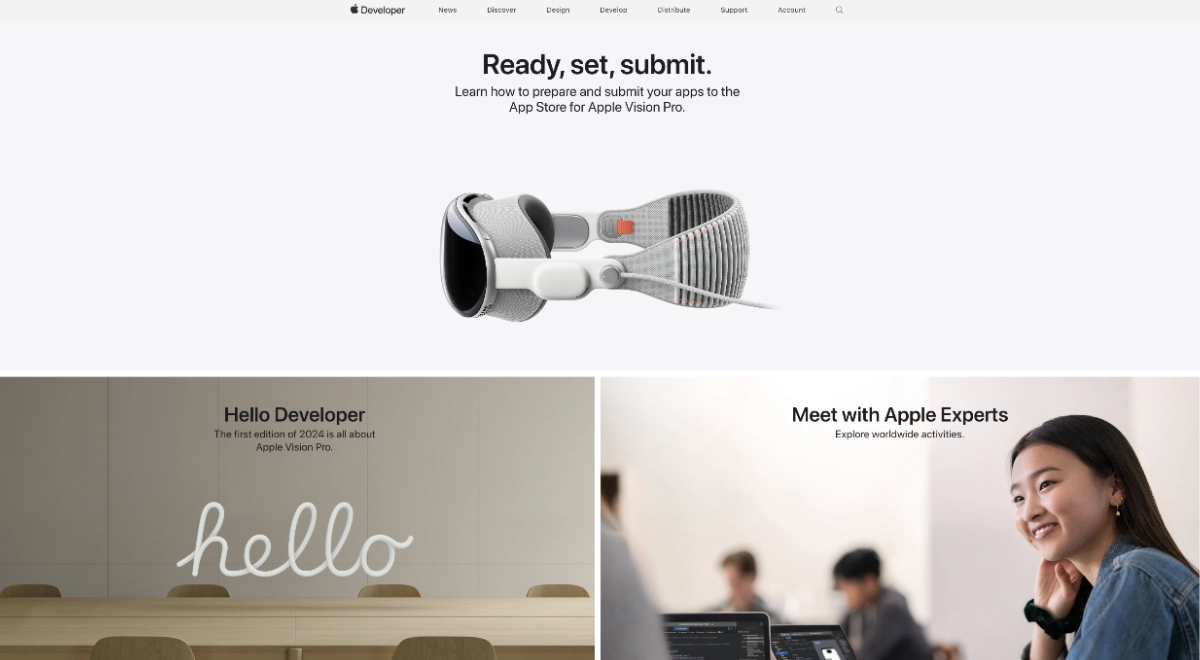
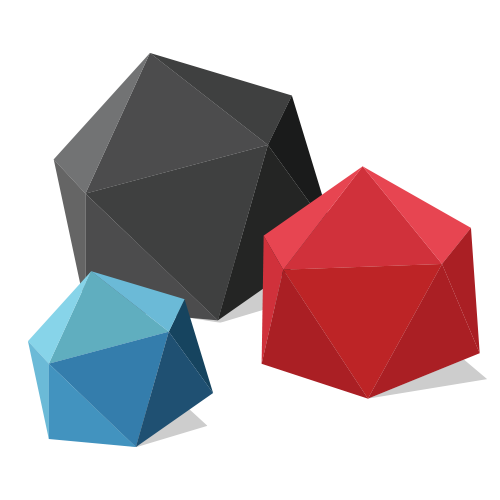
The Need For High-Quality 3D Digital Assets
With the anticipation of more developers creating apps for Apple Vision Pro, there will be a demand for a quick and easy way to create high-quality 3D digital assets. We’ve witnessed the use of 3D scanning in movies, TV shows, and video games for CGI applications. One of the ways to accelerate 3D content creation is to use a professional 3D scanner to scan environments or objects to capture ultra-realistic, high-resolution 3D models (or digital twins) of the real world. With a professional 3D scanner, objects can be scanned in just a few minutes.

Professional 3D scanners output far superior raw scan data quality and less noise when compared to consumer-grade 3D scanners or iPhone 3D scanners for 3D asset creation. Developers would need high-resolution 3D scans if they want to create realistic or immersive 3D experiences for Apple Vision Pro.

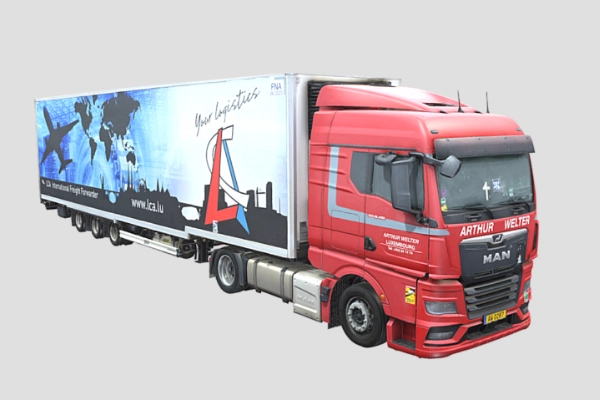
For a long time, professional 3D scanners from companies like Artec 3D have been used in movies and video games to speed up the conventional CGI workflow. For instance, Farm 51’s multiplayer First Person Shooter (FPS) World War 3 used the Artec Leo and Artec Space Spider to digitally capture people, uniforms, weapons, equipment, vehicles, and other props. These digital 3D assets were then used to create a hyper-realistic gaming environment.
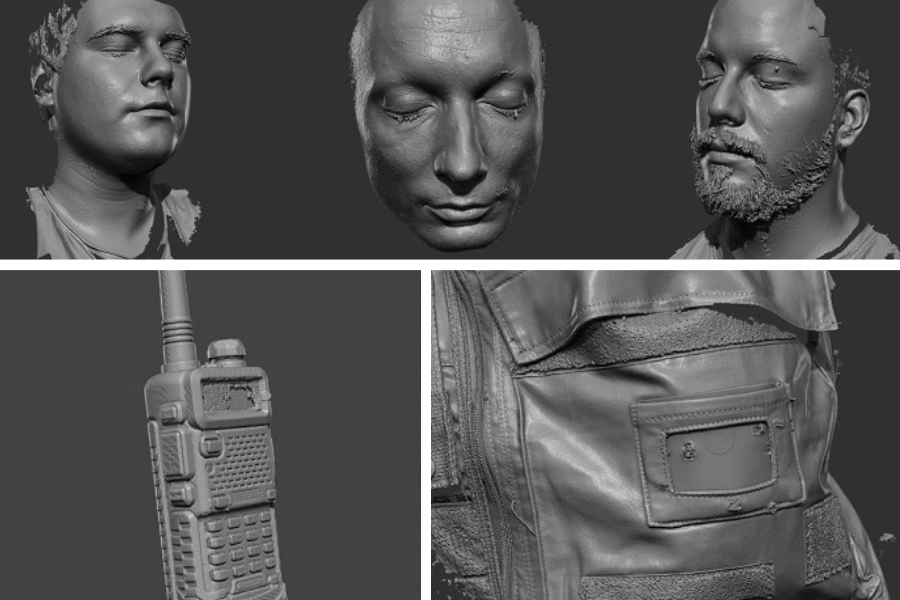
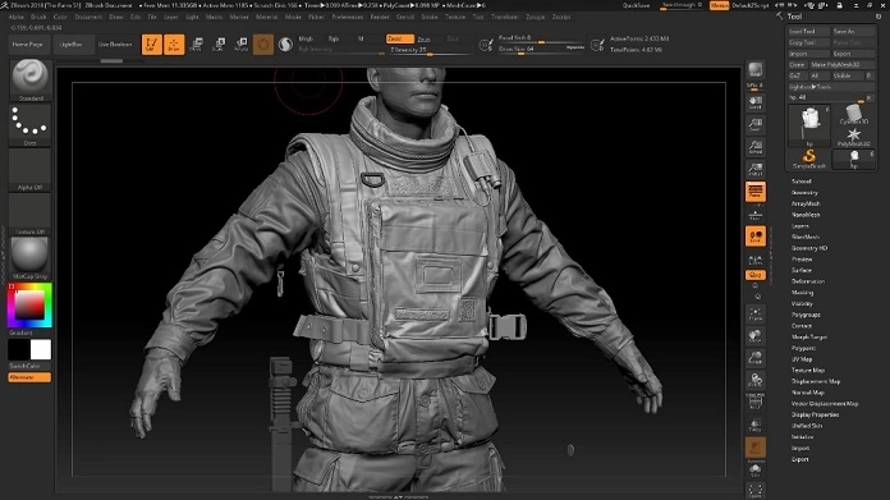

Source: Creating ultra-realistic high-poly 3D models for World War 3 with Artec Leo and Space Spider
Similar to creating CGI for video games and movies, professional 3D scanners can become instrumental in speeding up the pipeline in the creation of immersive 3D environments for Apple Vision Pro’s apps.

Will the Apple Vision Pro Be A Success?
Excitement for Apple Vision Pro is high because it promises a truly unique experience and a glimpse into the future. Its success hinges on both the utility and the quality of its apps. The success of Apple Vision Pro lies in the hands of 3D content creators and app developers.
At present, 3D content for the Apple Vision Pro is still in its infancy, presenting significant opportunities for tools like 3D scanners to help expedite content creation and app development. We’re excited to see how Apple’s headset will shape the future of technology.